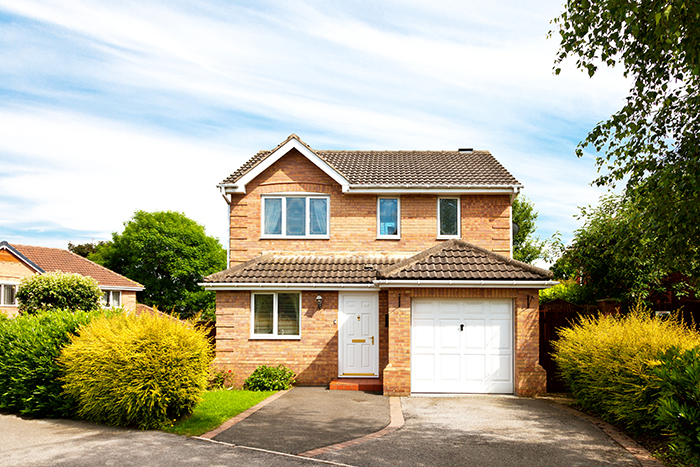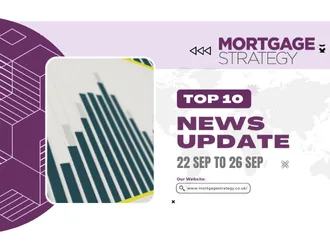
Average house prices in England came in at £290,000 last year, easing to 8.3 times average annual earnings from 8.5 times from the previous 12 months, according to the Office for National Statistics.
“These ratios are similar to 2022, and represent a return to the pre-pandemic trend after a large increase between 2020 and 2021,” says the government’s data body.
It adds: “The sharp price increases in 2021 coincided with increases in the volume of sales and changes in stamp duty land tax and land transaction tax.
“Therefore, the ratios in 2022 and 2023 are a return to the long-term trend, following the sharp increase in 2021.”
But the department points out that these figures are still well above the threshold it uses of five years of income “as a broad indicator of affordability” for the price of an average home.
In Wales, an average house sold for £196,500 last year, easing to 6.1 times average annual earnings from 6.4 times over the same period.
But again, this is well above the ONS’ own affordability threshold.
The body points out that the last time average homes in England and Wales hit its five times average annual earnings threshold was in 2002.
Hargreaves Lansdown head of personal finance Sarah Coles says: “Houses are frankly unaffordable at the moment. The pandemic property boom ratcheted up the cost of property, and while wages are growing faster at the moment, they fell so far behind house prices in recent years that there’s acres of ground yet to be made up.
“This would be hard enough at a time of rock-bottom interest rates, but the fact these have climbed so significantly means the bottom rung of the property ladder is at head height.”
Coles points out that while average earnings have doubled since 1997, house prices are four and a half times higher.
She says: “For first-time buyers, life is even tougher. For someone on the national living wage, working 37.5 hours a week and buying the average home, they would need to spend 14 times their annual earnings.”
Perenna chief executive Arjan Verbeek adds: “The latest ONS figures indicate a positive shift, with the house price to earnings ratio showing signs of stabilisation, which is a step in the right direction for prospective homeowners.
“However, the journey towards inclusive and equitable homeownership is far from over.
“The overall earnings gap is still very high – and it’s almost surreal to see that in the late 1990s, house prices were only roughly 3.5 times more expensive than average annual earnings.”



